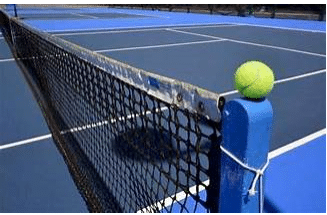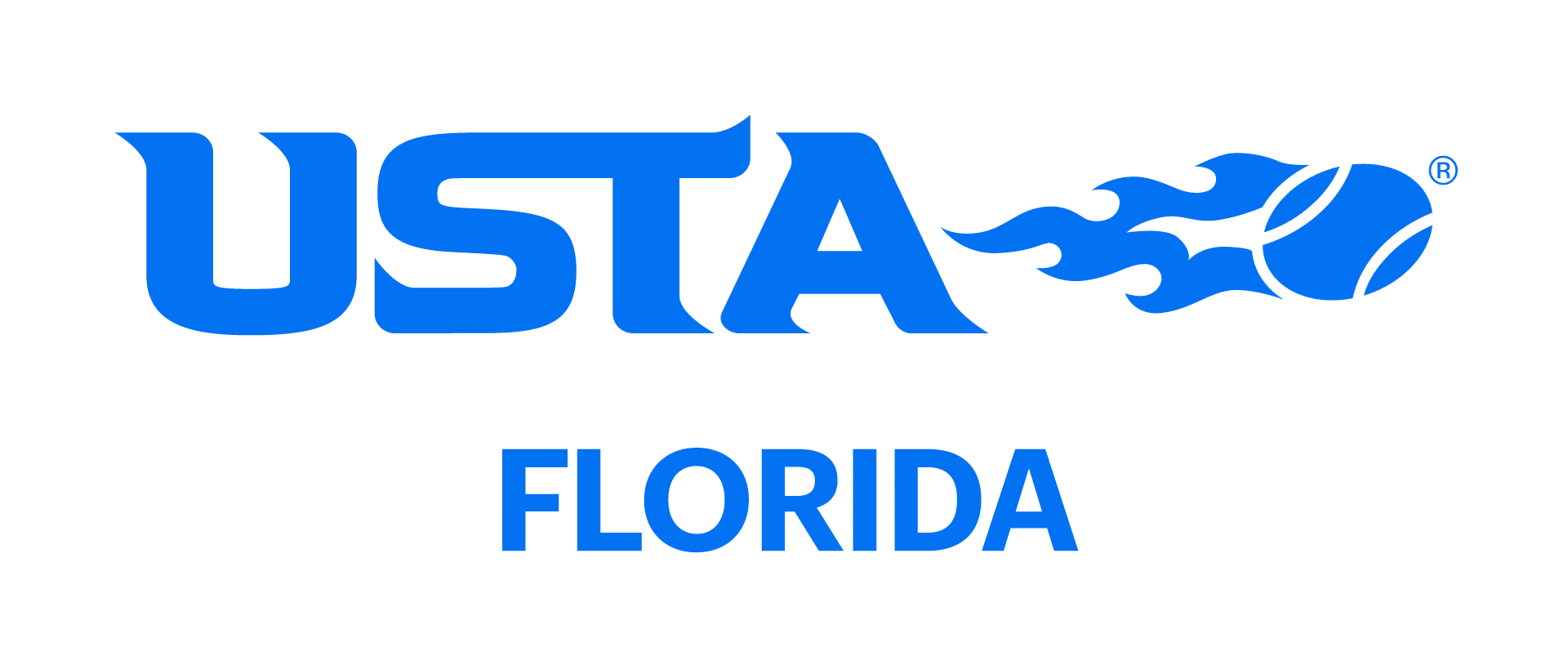June 6th, 2018
Broward Blog: Preventing Tennis Injuries; Fall USTA Leagues Menu
By Maria Miro, USTA Florida local league coordinator
Broward County USTA Day Leagues Update
 Due to the success of the ladies 8.5 Combo, ladies 55 & Over and the ladies 4.0 day leagues in the spring, Broward will be offering the full menu of USTA Leagues in the fall.
Due to the success of the ladies 8.5 Combo, ladies 55 & Over and the ladies 4.0 day leagues in the spring, Broward will be offering the full menu of USTA Leagues in the fall.
All league play dates will be coordinated to not overlap or conflict with the various club social leagues in the area. Players have the ability to play on an evening USTA team and a day USTA team at the same level if they choose.
USTA Leagues are progression leagues as the local winners advance to the state championships at the USTA National Campus in the Lake Nona region of Orlando to compete against players from other counties in the state.
All team captains will receive a $30 gift certificate to Tennis Warehouse and other captain gifts, and all players on the winning team receive a gift item.
If you are interested in starting a team at your club and/or captaining a team, please attend our captains meeting Aug. 13 at the Jaco Center in Oakland Park, or contact USTA Florida Local League Coordinator Maria Miro at Miro@ustaflorida.com or (954) 609-2841.
The next upcoming league will be the 18 & Over women, registering in August and starting in September, with levels 2.5-5.0. For more local league info go to www.ustaflorida.com/mariamiro.
Injury Prevention: Tennis is Unique, So Our Training Should Be Too
By Cindy Zimmerman P.T., Broward Health Coral Springs, Outpatient Orthopedic and Sports Rehabilitation

Before long, my answer came: injury prevention in the tennis player. Ugh.
Injury prevention isn’t just a topic, it’s an entire field of study. There as so many aspects to injury prevention that I didn’t know where to start. I could write about the role of nutrition, but that’s best left for the sports nutritionist. I could write about the importance of equipment — such as a proper tennis racket, footwear, and string selection — but that’s best left to the tennis pro. Finally, it dawned on me. As a P.T. I should write about what I knew were the tried-and-true pillars of injury prevention: strength and flexibility.
Of course, that’s also when the dread set in. After all, how can I compete with the latest fitness article or YouTube video on ab crunches, planks, hamstring stretches, or super-sets on the leg extension machine?
The answer is: I’m not. I’m going to address injury prevention from a different angle.
With creative and innovative new programs for all ages introduced through the USTA, more people are playing tennis than ever before. Overuse injuries such as tendonitis, sprains, and strains are responsible for more than half of the injuries occurring in adolescent and recreational tennis players. And these injuries don’t just stay on the court. They often lead to more chronic injuries that can end up affecting loss of time at work, at school or with friends and family.
Traditional strategies of rehab are given through protocols of exercises, usually laying on your back, stomach or on weight machines (maybe even standing on one leg or standing on a squishy balance pad). These activities require a lot of stability, but they are done in stillness and usually timed either by reps or minutes. Although these exercises are important in early phases of training, I know that the last time I played a tennis match, the only time I was static or timed was sitting between changeovers, drinking my Gatorade.
So are static exercise strategies effective? When it comes to improving overall strength and flexibility, absolutely. But to understand the dynamic nature of this wonderful sport, we have to understand the functional nature of our sport. We have get a total picture of how it uses force, mass, acceleration, deceleration, momentum, loading, exploding and most of all movement in all planes of motion.
So why not train the way we play? Functional training is trained in motion. Running, pivoting, throwing, reaching, lunging, jumping, dynamic stretching, etc., not just in one plane of motion but forward and backward, side to side and with right and left rotations. These exercises incorporate 3D motion and require synchronization of movement at the feet, knees, hips, trunk, arms, head and eyes. A med-ball slam would replicate the use of the upper body and abdominal drivers of a serve better than just a plank as would. Lunges in multiple directions, with varied arm movements and at different tempos, would be a good addition to the leg machine workouts or squats. Later more advanced exercises like plyometrics and ladder drills could be added when we have gained more strength, control and balance.
These are just a couple of examples of the dynamic exercises that are available to the athlete wanting to add more to their workouts to prevent injury. Our motions are driven by gravity, driven by ground reaction of forces, driven by rapid and repetitive acceleration and deceleration of the body in and out of planes of movement. And the way we cope with these movements is through training in them.
On the tennis court, it’s all about balance. Balance incorporates strength, stability, flexibility and agility. Balance is an ideal state; it’s what our bodies strive for. It’s not only our ability to balance in static positions but throughout the full available range of motion and through transitioning from one motion to the next, which happens to be where most injuries occur. It is starting and stopping with control. It is being stable in one area (like in many instances the core) while being mobile in another. So why is it so often left out of our training?
Tennis is unique, so our training should be as well. Nutrition is an important factor in pre- and post-recovery. Flexibility and strength training are too, because they strengthen our muscles and protect our joints. A proper training regimen should also include warm ups and periods of rest to avoid overtraining.
But most importantly it should include functional sport-specific exercises, and those exercises should be fun. If the sport is our exercise then our exercises should include movements our sport requires. There are many good functional movement coaches and trainers as well as some good online ideas to add into your gym or home routine. There is no guarantee that injuries won’t ever occur but if we can incorporate good strategies, techniques and programs to help minimize the injuries, we can continue to play this great sport injury free.


